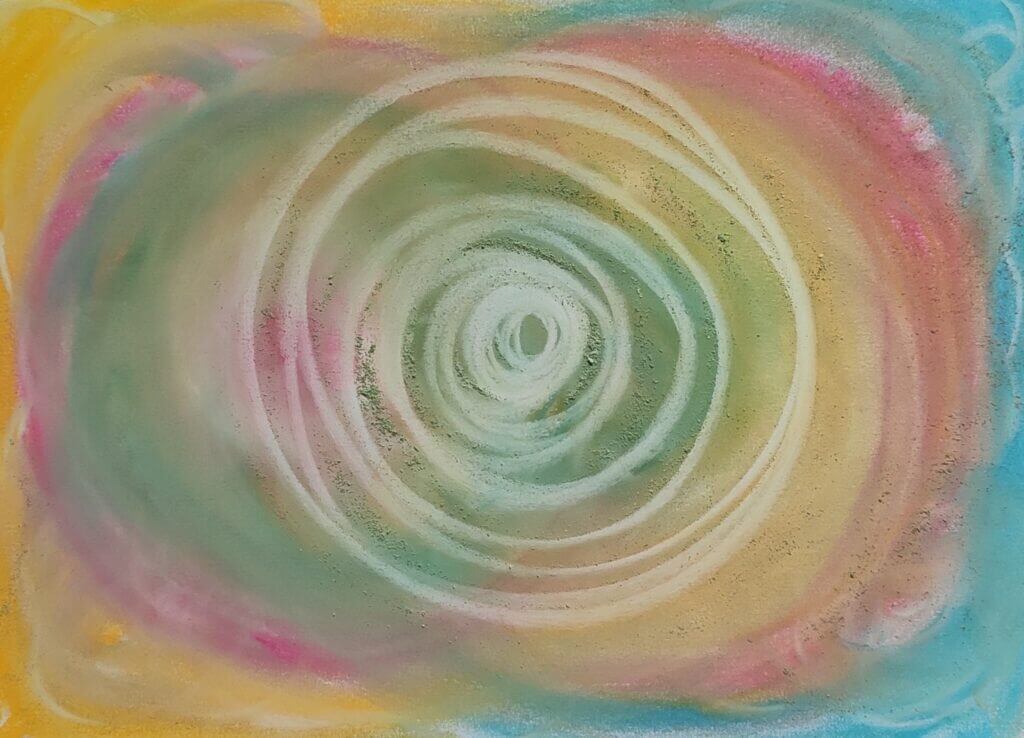- Ways of Seeing the Spiritual Path
- Perception and Behavior
- What You Do Matters
Spirituality is about ordinary life and can be understood in terms of its fundamentals: perception and behavior.
Ordinary life involves perception. We perceive. We see, we hear, we feel. We perceive sights, sounds, smells, tastes, touch, and thoughts. These raw materials form the basis of a sense of self, a sense of other, a sense of the world.
Ordinary life involves behavior. We act. When we move our bodies and speak to others, we are acting. We are also acting when we think thoughts. Our actions form the basis of our lives, and impact the world around us.
We perceive, and we act, and we perceive, and we act. Life is the repeated iteration of perception and behavior.
Perceptions and behaviors can be improved. This is spirituality: the fundamental improvement of perception and behavior.

Perceptions can be increasingly accurate. Accurate perception unites the three components of mindfulness: concentration power, sensory clarity, and equanimity. Concentration power is the ability to focus on what you consider to be relevant at a given time. Sensory clarity is the ability to keep track of what you’re actually experiencing in the moment. Equanimity is the ability to allow sensory experience to come and go without grasping onto or pushing away that sensory experience.
Behaviors can be increasingly appropriate or correct. We establish certain moral or ethical standards, such as not killing, not stealing, not committing sexual misconduct, not lying, and not using addictive, intoxicating substances. From there, we explore what happens when we live, dance, and serve others within those constraints.
As we walk the spiritual path, both our perception and our behavior improve. Our perception becomes increasingly accurate, and our behavior becomes increasingly appropriate or correct. This becomes a mutually supportive feedback loop. When we perceive a situation accurately, we can respond appropriately; when we respond appropriately, we can perceive the effects of our actions more accurately.
The spiritual path culminates in Awakening: the presence of accurate perception and correct behavior, with no lag in between them. Mysticism¹ is the direct experience of Awakening, or the belief that this is possible and worth pursuing.
Thank you to Thomas Bonn and Noah Seltzer for reviewing this post.
The art in this post was created by Sílvia Bastos, and is licensed under a CC BY-NC-SA 4.0 license. You can support her work on Patreon.
¹ While descriptively the word mysticism has a pejorative meaning (confused, simplistic, wrong ideas about spirituality and the universe), I recommend that spiritual practitioners avoid using the word mysticism with this meaning.
